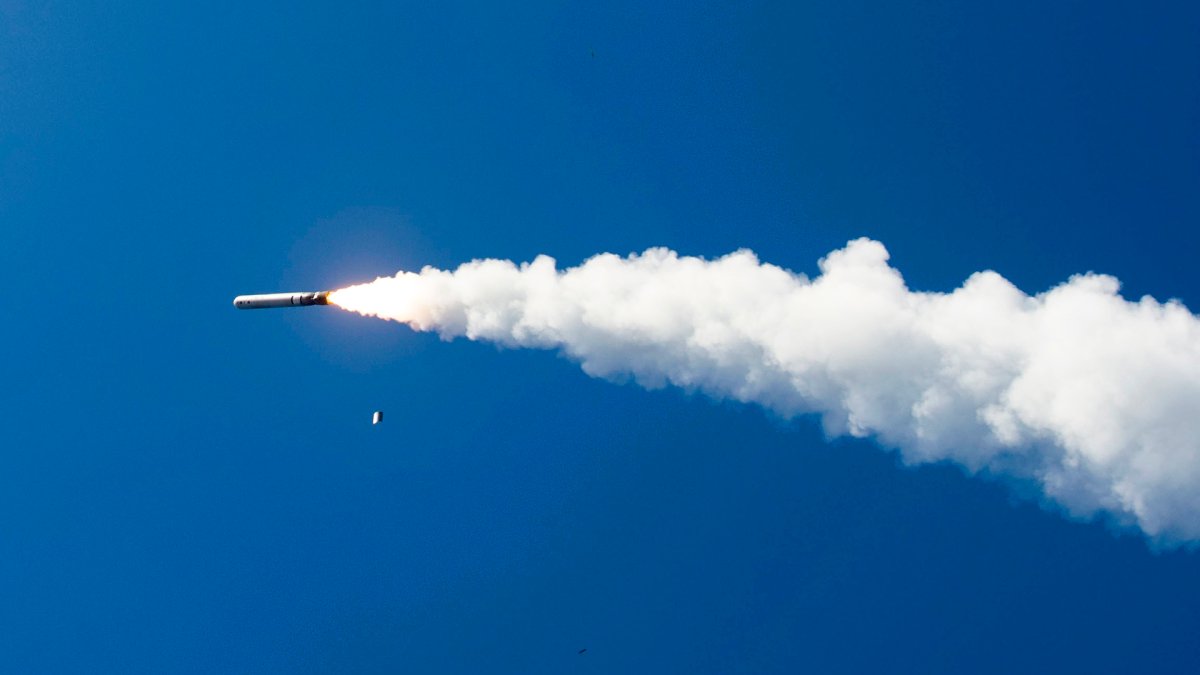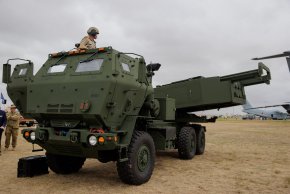LRASM doesn't have anywhere near the range of the Tomahawk.
First Land-Based Tomahawk And SM-6 Launcher Delivered To Army
The Typhon Weapon System will give the Army its first ground-based medium-range missile strike capability in decades.www.thedrive.com
Tomahawk should do the job but is a bit long in the tooth. LRASM I believe has been tested with mk 41 but not sure if fully integrated - but would be a better long term solution in my opinion.
Maybe you should research the systems yourself. Mr Google is your friend.Could someone detail what long range mobile launcher and strike missile is available now that the army could acquire for long range.. and I mean longe range strike from Australia shores?
I understand HIMARs can go out to 500km and NSM to 250km
But what system is currently available for order that can reach 1000 plus that could strike out to the island chains to our north and coral sea islands?
I feel this is what the army should be focusing on as a new capability that and merging as a marine style force.
Why would you want to turn the Australian Army into a marine force? Marines by nature are light forces and the ADF requires a heavy force component as well as light forces.




